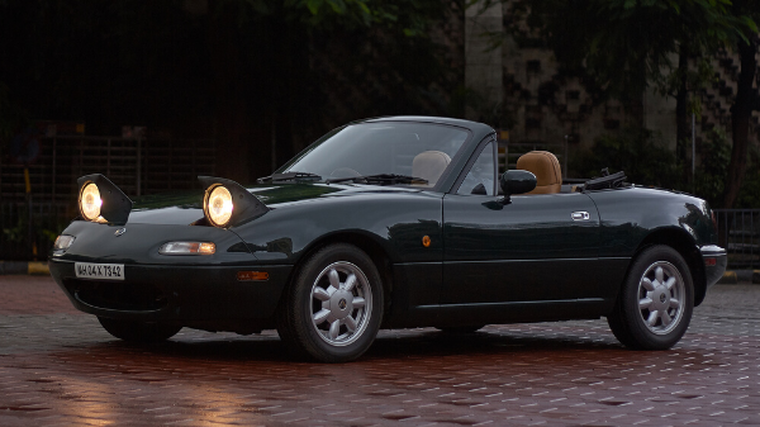Cars celebrate turning into classics

Motoring enthusiasts may argue the merits of what constitutes a “classic” car but turning 30 this year will be enough to earn a number of vehicles that moniker.
“There’s no magic rule to say when a vehicle becomes a ‘classic’,” says Tiddo Bresters, president of FIVA – the Federation Internationale des Vehicules Anciens, or international federation of historic vehicles, “but reaching 30 years of age is one of FIVA’s clear criteria.
“So, in 2020 we’re delighted to welcome a whole new raft of 1990 classics to the fold, as they celebrate their 30th birthday, thanks to their caring owners.
“Historic vehicles don’t have to be hugely rare or valuable; the ‘new classics’ range from supercars to city cars to motorcycles – but all are important milestones in the story of our motoring heritage.”
Among the cars celebrating three decades of existence is the Honda NS-X, the first version of the much-admired V6 mid-engined two-seater. Another sportscar from Japan, the Mazda MX-5, pictured, reached Europe in 1990 and became the best-selling two-seater convertible in history.
The original Renault Clio supermini hit the streets in 1990 and rapidly became a familiar sight, while the Trabant 1.1 from the same year was the fourth, final and rarest version of the East German car.
The famous VW Transporter/Kombi dates to 1950, but 1990 saw the introduction of the VW Transporter T4, the first with the engine in the front. At the other end of the performance spectrum, the Lamborghini Diablo – with its mid-mounted V12 and top speed close to 320kmh – went on sale in January 1990.
The Lotus Carlton, which all came in dark green, also made its debut 30 years ago.
Other vehicles that now fall into the “classic” category include the Aston Martin Virage Volante, BMW E36, Ford Fiesta RS Turbo, Nissan Primera, Fiat Tempra, Toyota Previa, Land Rover Discovery five-door and the Maserati Shamal.
What makes a vehicle ‘historic’?
According to FIVA, a historic vehicle is “a mechanically propelled road vehicle” that is:
• at least 30 years old
• preserved and maintained in a historically correct condition
• not used as a means of daily transport
• part of our technical and cultural heritage





